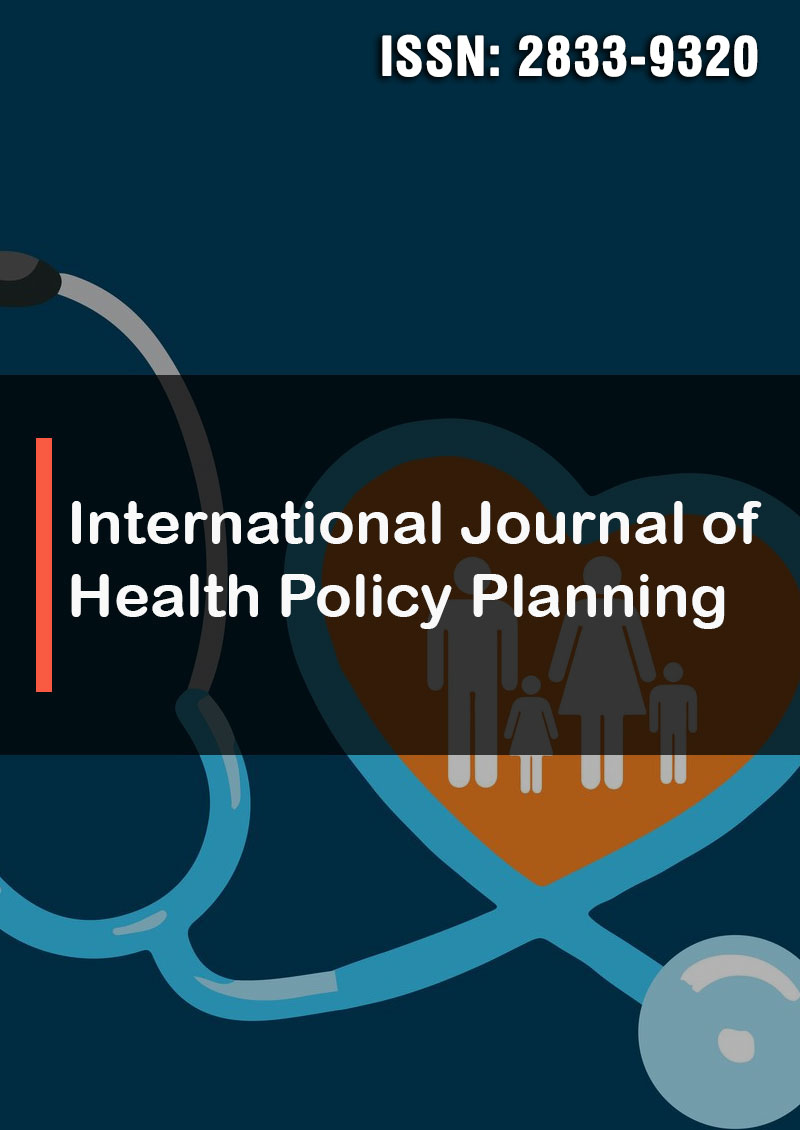Causes and Conditions of Violence Against Children: The Case of Rape
Abstract
BULGAMAA Rinzaan
The main goal of our research is to examine the rising incidence of rape and indecent assault against minors despite strengthened legal measures and prevention efforts. It aims to identify and analyze the key contributing factors—such as family instability, inappropriate relationships, household alcoholism, unsupervised internet use, and inadequate child supervision—that place children, particularly those aged 8–17, at heightened risk. The research seeks to assess the effectiveness of current prevention and protection strategies and highlight the need for improved implementation, professional capacity, and societal commitment to safeguarding children's rights. Ultimately, it strives to inform more effective, evidence-based interventions to reduce and prevent sexual violence against minors.
The number of rapes and indecent assaults on minors has increased annually, with an average of 320 cases registered per year, although a slight decrease is projected for 2024. Despite strengthened legal measures and the efforts of NGOs, the incidence of child rape has continued to rise by 14.2–22.8 percent each year, and many cases remain hidden behind statistics on births and abortions.
Key contributing factors include family instability, inappropriate relationships, household alcoholism, unsupervised internet use, and inadequate child supervision, with most victims aged 8–17 and the majority of perpetrators being adults with lower educational attainment. Effective prevention and response require not only robust laws but also coordinated implementation, professional capacity, and a societal commitment to upholding children's rights and protection.




